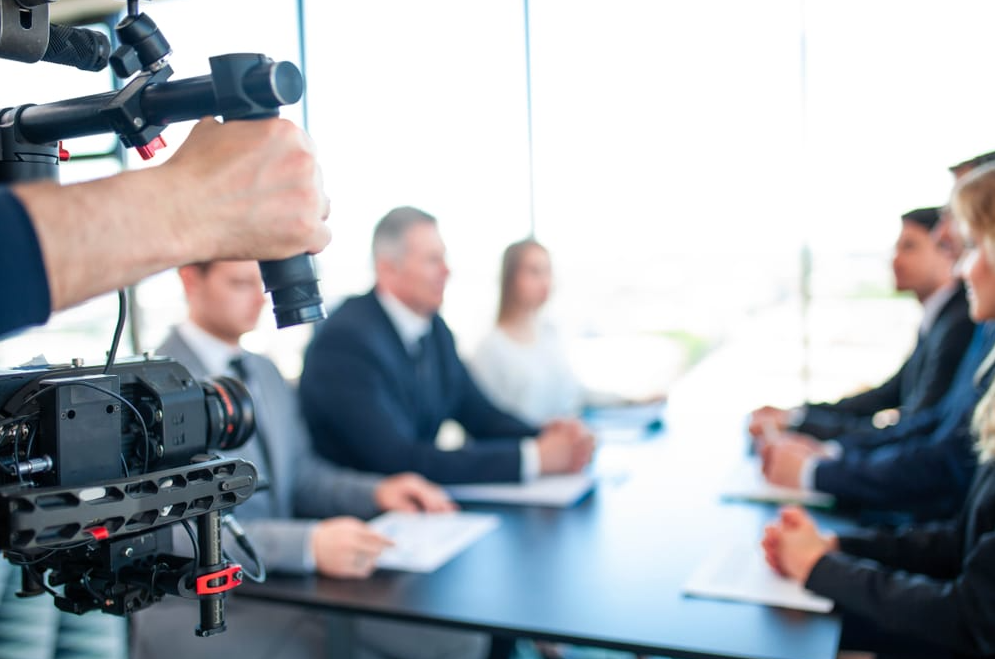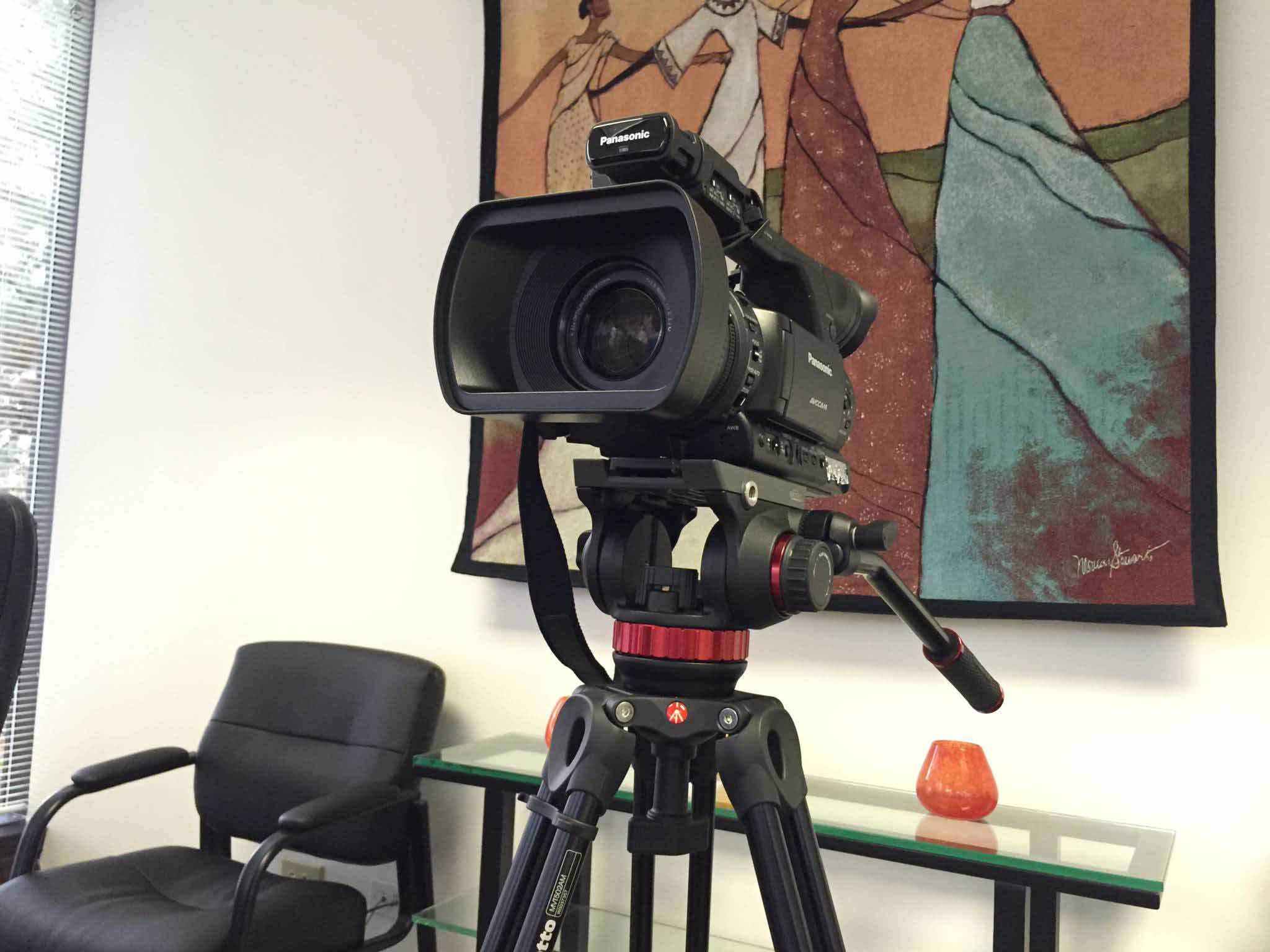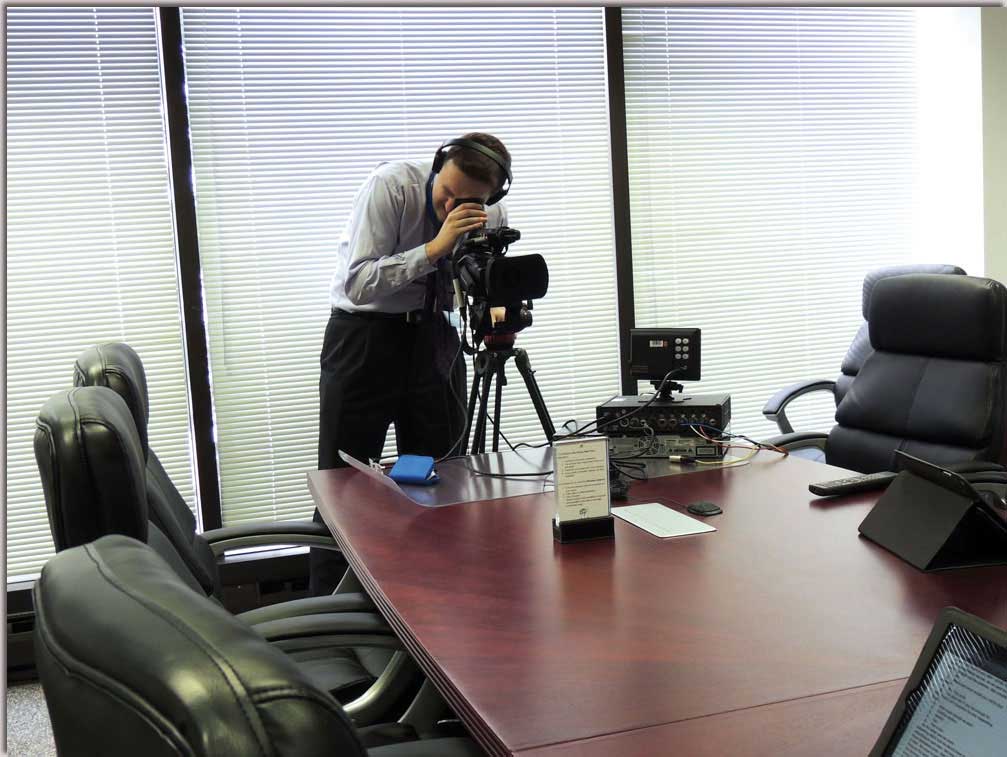Legal Videography: Transforming the Method Evidence is Caught and Presented
Legal Videography: Transforming the Method Evidence is Caught and Presented
Blog Article
Looking Into the Systems of Lawful Videography: Introduction Its Operation in Safeguarding Authentic Aesthetic Testament for Judicial Process
In the world of judicial proceedings, the duty of legal videography stands as a keystone in protecting and offering visual proof. As technology proceeds to development, the mechanisms behind legal videography have actually ended up being significantly complex, offering a critical layer of authenticity to testaments caught on video clip.
Historical Development of Lawful Videography
Taking a look at the historic progression of legal videography discloses a significant makeover in the capturing and presentation of aesthetic proof within the legal landscape. In the past, legal procedures greatly relied on composed records and photographs to record occasions and provide evidence. Nevertheless, with the development of video innovation, the lawful industry experienced a paradigm shift in just how aesthetic testimony was captured and presented.
The evolution of legal videography can be traced back to the late 20th century when improvements in video clip recording tools made it extra accessible for use in courtrooms. This technological development not only enhanced the accuracy and reliability of visual proof yet additionally revolutionized the way cases existed to judges and juries (Legal Videography). Lawyers started to identify the influential power of video clip recordings in sharing feelings, subtleties, and non-verbal signs that created photos or transcripts alone could not capture effectively

Modern Technology Advancements in Video Clip Documents
What key technical innovations have changed video clip documents in the lawful area? The lawful field has seen significant innovations in video clip paperwork innovation that have enhanced the credibility and dependability of visual evidence in judicial process. Among the essential advancements is high-def (HD) video clip recording abilities, which provide crystal-clear images and sharp information that are important for precisely capturing testaments, facial expressions, and other aesthetic hints. Additionally, the assimilation of timestamping and metadata functions in video documents tools has actually allowed accurate documents of when and where the video was recorded, making certain the stability of the evidence provided in court.
Moreover, developments in video clip encryption and watermarking modern technologies have boosted the safety and security and tamper-proof nature of video clip evidence, protecting it versus unapproved alterations or meddling. In addition, the introduction of cloud storage space remedies and remote access abilities has structured the storage space, retrieval, and sharing of video proof, promoting seamless collaboration among attorneys and guaranteeing effective accessibility to critical visual statements when required. These technological advancements in video documentation have unquestionably reinvented the legal field, boosting the precision, credibility, and admissibility of aesthetic proof in judicial process.
Function of Legal Videographers in Courtroom Settings
The advancement of video clip paperwork technology in the lawful field has demanded a crucial duty for lawful videographers in court settings, making certain the stability and dependability of aesthetic testaments provided throughout judicial procedures. Legal videographers play a basic function in recording and protecting accurate aesthetic evidence that can be essential in lawsuit. Their duty encompasses setting up tools, tape-recording process, and creating high-quality video clips that accurately show the events in the court.
In addition, legal videographers frequently work very closely with lawful groups to make certain that the video evidence aligns with the case's demands and can be successfully offered in court to sustain the lawful debates being made. On the whole, the role of legal videographers in courtroom settings is essential in supporting the principles of justice and guaranteeing the transparency of lawful procedures. Legal Videography.

Ensuring Admissibility and Stability of Video Clip Evidence
To maintain the integrity of visual evidence provided in lawful process, guaranteeing the admissibility and stability of video clip proof is a crucial obligation for lawful videographers. Admissibility describes the approval of evidence by the court, and for video evidence to be acceptable, it needs to fulfill particular criteria. Legal videographers play an important duty in making certain that the video clips they capture abide by the policies of proof, such as reliability, authenticity, and relevance.
Integrity of video proof includes preserving the originality and precision of the video from the moment it is videotaped till it exists in court. This consists of firmly keeping the video files, documenting the chain of safekeeping, and avoiding any tampering or changes. Lawful videographers need to comply with stringent protocols to guarantee the honesty of the video clip evidence and prevent any kind of obstacles to its credibility.
Future Trends in Legal Videography
Given the increasing dependence on modern technology in legal proceedings, lawful videographers are positioned to embrace cutting-edge innovations shaping the future of visual testament capture and presentation. One of the noticeable patterns imminent is the assimilation of online reality (VIRTUAL REALITY) and enhanced reality (AR) modern technologies into lawful videography. These innovations have the potential to change go right here exactly how aesthetic evidence is offered in courts, allowing courts and juries to submerse themselves in the scene check of the criminal offense or incident.
In addition, the usage of expert system (AI) algorithms for video clip analysis is expected to streamline the process of assessing and examining large amounts of video clip footage. AI can assist in recognizing key minutes, abnormalities, and patterns within videos, improving the effectiveness of legal investigations.

Verdict
To conclude, lawful videography has played a crucial function in providing genuine visual evidence for judicial process. With technical developments and the expertise of lawful videographers, the honesty and admissibility of video proof are ensured in court setups. As legal videography remains to advance, it will be crucial i thought about this to support criteria that maintain the accuracy and dependability of aesthetic testimony for the future of legal process.
Examining the historical development of lawful videography discloses a considerable change in the recording and discussion of aesthetic evidence within the lawful landscape.The advancement of video paperwork modern technology in the legal field has required a crucial role for legal videographers in court setups, ensuring the stability and dependability of aesthetic statements offered throughout judicial process. Additionally, legal videographers frequently work carefully with lawful groups to make sure that the video clip proof straightens with the instance's needs and can be effectively presented in court to support the lawful arguments being made.To maintain the reliability of visual evidence presented in lawful process, making certain the admissibility and honesty of video clip proof is an important duty for lawful videographers. As legal videography continues to evolve, it will be essential to copyright criteria that keep the precision and dependability of visual testimony for the future of lawful process.
Report this page